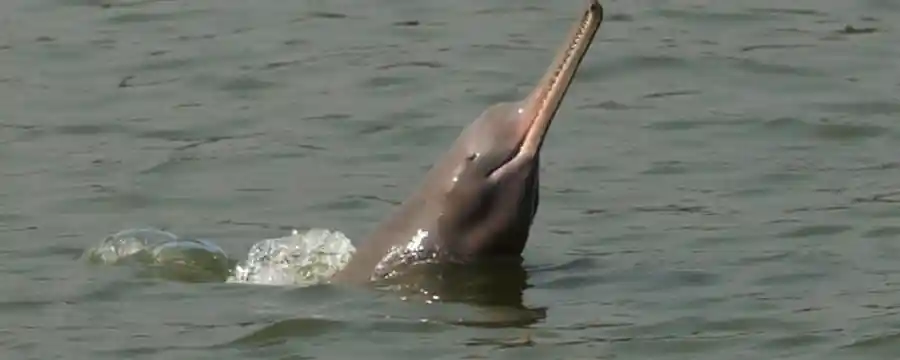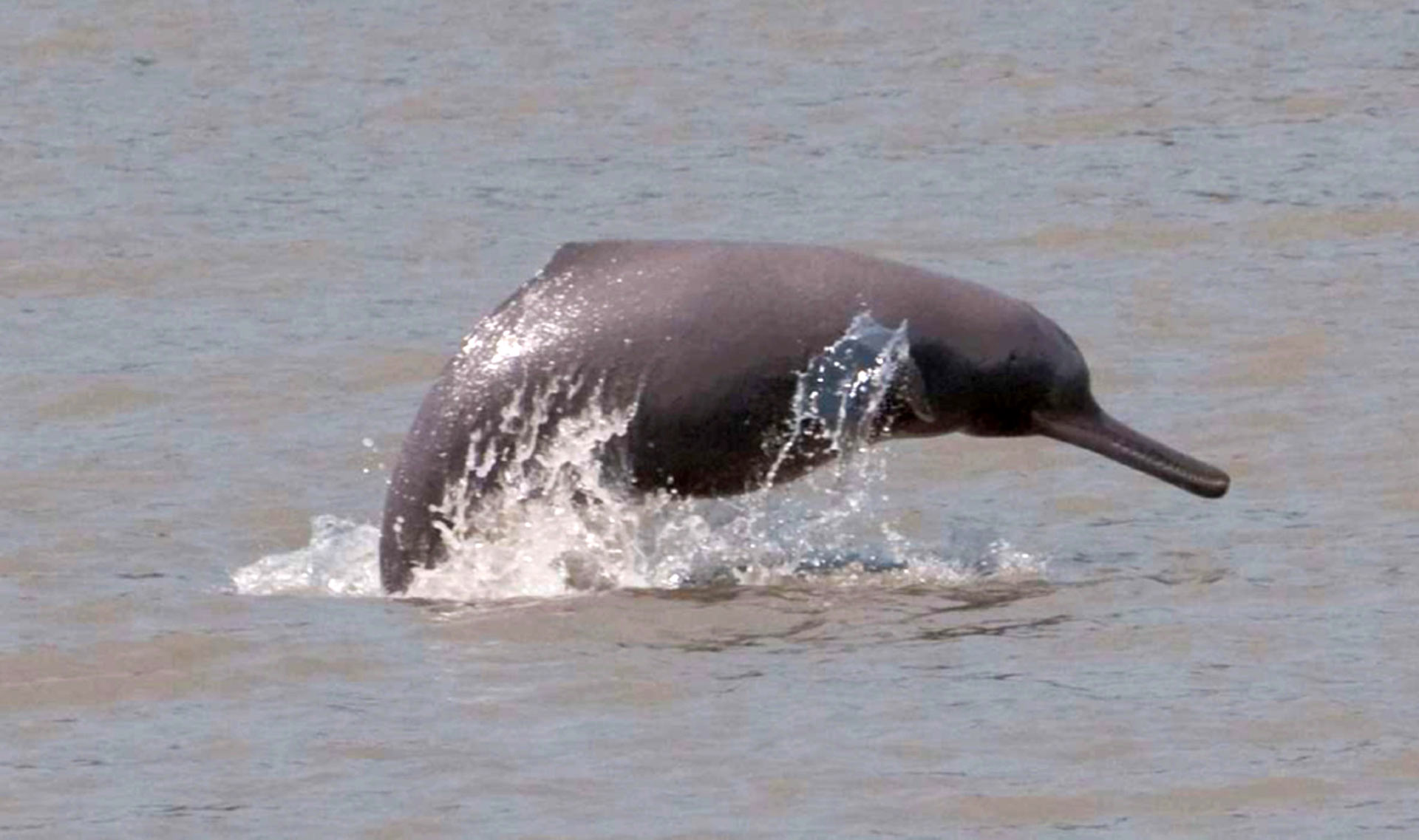Indus River Dolphin - A Treasure of Pakistan's Waters

The Indus River dolphin, scientifically known as Platanista gangetica minor, is a fascinating and elusive aquatic mammal that calls the murky waters of the Indus River home. Endemic to the South Asian subcontinent, this species of freshwater dolphin has carved out a unique niche in one of the world's most iconic rivers. However, the Indus River dolphin faces numerous challenges, ranging from habitat degradation to human activities, putting its survival at risk. In this blog post, we delve into the intricacies of the Indus River dolphin, exploring its characteristics, habitat, conservation status, and ongoing efforts to ensure its continued existence.
Physical Characteristics
The Indus River dolphin is known for its distinct physical features, setting it apart from its marine counterparts. Unlike oceanic dolphins, it possesses a long, slender body, measuring up to 2.5 meters in length, and a rounded forehead. Its most distinctive feature is its lack of a dorsal fin, giving it a streamlined appearance. The skin is typically a pale gray color, with a lighter underside, and its eyes lack the typical protective membrane found in most dolphins.
Habitat
The Indus River dolphin is primarily found in the Indus River basin, which spans India and Pakistan. It inhabits the lower stretches of the river, particularly in deeper pools and slow-moving channels. The river's murky waters, laden with sediment, present a unique environment for the species, shaping its physical characteristics and behavior.
Behavior and Adaptations
The Indus River dolphin has adapted to its environment in various ways. Its long snout aids in navigating the turbid waters, allowing it to detect prey and obstacles through echolocation. These dolphins are known for their solitary nature, often seen alone or in small groups, and are highly territorial, establishing home ranges within specific stretches of the river.

Diet
The diet of the Indus River dolphin primarily consists of various fish species found in the Indus River. Its long snout and sharp teeth are well-suited for capturing prey in the challenging conditions of the turbid river waters.
Conservation Status
Despite its unique adaptations, the Indus River dolphin faces a multitude of threats that have led to its vulnerable conservation status. Habitat degradation, water pollution, and entanglement in fishing gear are among the significant challenges confronting this species. Dam construction and irrigation projects have further altered the flow of the Indus River, affecting the availability of suitable habitats for the dolphins.
Conclusion
The Indus River dolphin stands as a symbol of the delicate balance between human development and the conservation of biodiversity. As we strive to address the challenges facing this enigmatic species, it is crucial to recognize the interconnectedness of ecosystems and the importance of sustainable practices. Through concerted efforts, we hope to secure the future of the Indus River dolphin and ensure the continued health of the remarkable Indus River basin.
Read Also:
Tour to Sukkur 2024-2025
10 Interesting Facts About Pakistan
Most Popular Cultural Festivals in Pakistan
Pakistan Tour Packages 2024
Pakistan Northern Areas Tour Packages 2024-25
